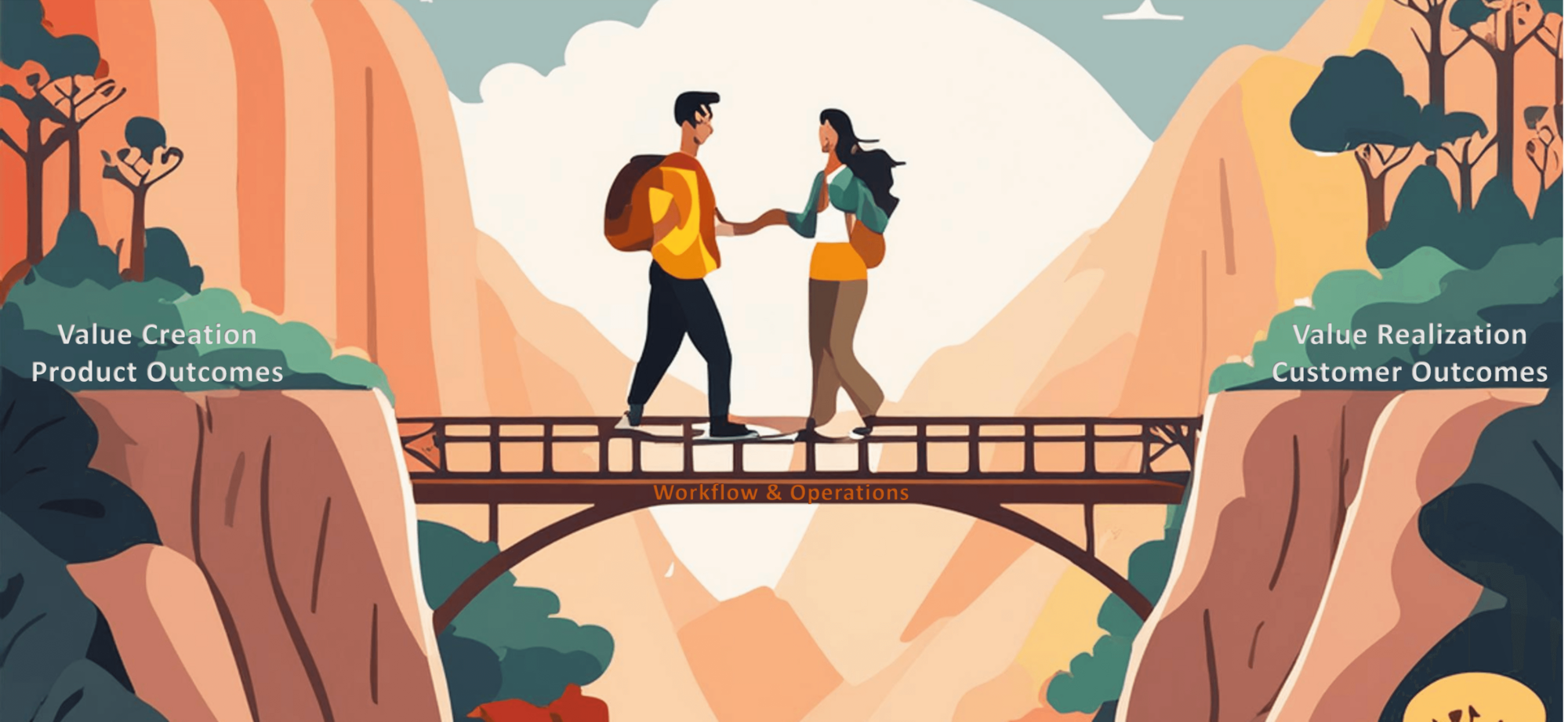In this ProductTank San Francisco talk, Head of Product at Confluence, Pratima Arora gives us a framework for making sure that our work has an impact on the overall business goals of the organization. Her key points include:
- Transferring from engineering to product management
- Changing customer DNA
- Three key business drivers
Watch the video to see Pratima’s talk in full. Or read on for an overview of her key points.
Transferring from Engineering to Product Management
The talk begins with Pratima being interviewed about her transition from software engineering into product management. She mentions that her first introduction to customer experience came from watching users install software CDs. Something that at the time might have seemed unimportant but helped shape her on a path towards product. She provides a mantra for getting through challenges, advice for product managers and a short explanation on cognitive diversity and the importance of having people from different experiences as part of a product team.
Changing Customer Data
Nowadays, products are being bought instead of sold. This is as a result of customers becoming more informed, the rise of self-service initiatives and a greater emphasis on the cost of acquisition. This changing customer data means that product teams now need to prioritize what is important for the business and customers. They need to be aware of this change to get management buy-in on certain initiatives and product managers need to be able to use this information to allow their team to have quantifiable impact.
Three Key Business Drivers
According to Pratima, the three key drivers of business are getting new users, retaining old users or increasing revenue per user. Each initiative a product team undertakes should fit into one of these buckets to have an impact on the overall business. If it doesn’t, then that means that the initiative should be revisited as it probably won’t have the desired impact.
The key takeaways from this talk are that once you know which top-line metrics you want to impact then you can decide what is most important to your company and define how you can measure success with OKRs.
At the end of the talk Pratima also answers a few questions from the audience about how to avoid being too salesy and instead focusing on the customer, and how to think about necessary product features that seemingly don’t contribute to any of the top-line metrics.






